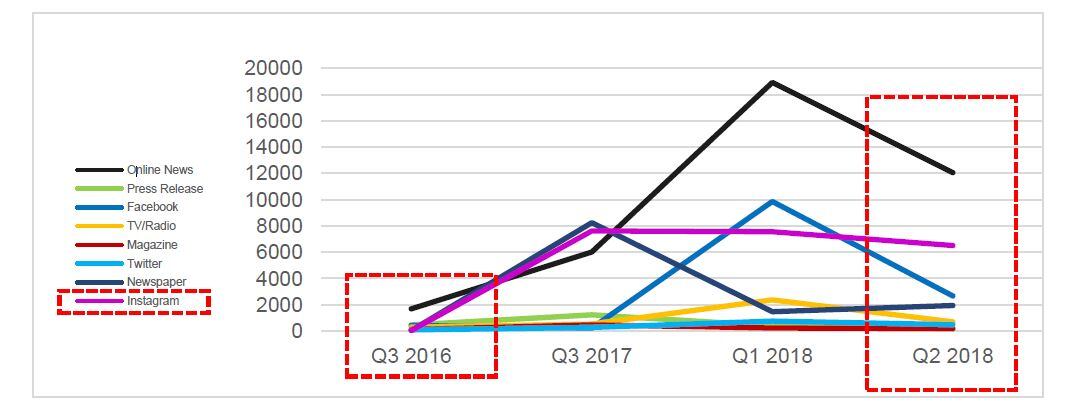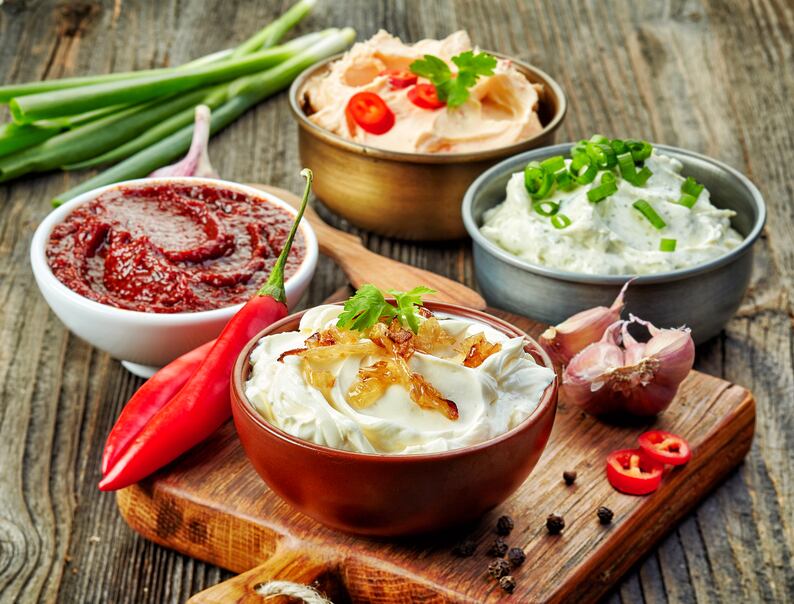According to online conversation analysis from FrieslandCampina Kievit, the last two years has witnessed a “dramatic increase” in mentions of clean label in social media postings throughout the world.
The ingredient supplier said that when it drilled down into the data, it demonstrated that consumers are proactively participating in conversations around clean label via social media.

While clean label started life as an industry term, it has now entered the mainstream discourse, Gea de Groot, FrieslandCampina Kievit’s global product group manager for food ingredients, told FoodNavigator.
“The research shows that, while two years ago ownership of the topic ‘clean label’ seemed to be reserved for specialists and corporates, consumers nowadays embrace clean label as a trendy lifestyle. They demand clarity on the ingredients of products they consume, enabling them to make conscious choices.”
According to de Groot, this engagement has given rise to growing demand for fresh and convenient options: “We see a rise in the use of fresh products in meal kits – a conclusion that also comes back in the number of online conversations.”
A shift to Facebook and Instagram
Over the last two years, there has been a shift in where online conversations around clean label are taking place.

Between July and September 2016, online news, press releases and corporate Facebook accounts were the primary sources of discourse around clean label, with the highest volume of postings. However, the next two years saw Instagram and Facebook move up the rankings to take the second and third position respectively, behind online news.
This reflects greater engagement in clean label at a consumer level. “As the world becomes more digitally savvy, connected consumers are becoming the key drivers in shaping food and beverage trends.”
Consumers are coming to view clean label as a lifestyle statement – something to be proud of and therefore Instagrammed – FrieslandCampina Kievit suggested. In particular, the company highlighted the presence of influencers like smaller, independent brands in Instagram, bringing consumers into the conversation and making the “clean label lifestyle” appear “cool and accessible”.
Indulgence is also on the rise

At the same time as interest in clean label is on the up, FrieslandCampina Kievit found people are also talking more about indulgent products.
Feeding in to a desire for products that look good and deliver likes, consumers are seeking picture perfect indulgent looking treats.
“We can conclude that consumers look for two important things: a clear, clean and comprehensible label, and indulgent experiences. These topics are two of the most talked about in the analysed media,” de Groot said.
“The research shows that creaminess is a key driver of consumers’ search for indulgence. More specifically, we see that people crave experiences in taste and texture, preferably in ways that are Instagram-able. Last, especially on social media, we see a high number of engaged conversations on the umami trend. More specifically, there was a large number of discussions on instant noodles and Asian inspired soups and sauces.”
Evolving trends
The motivation for the research was to provide FrieslandCampina Kievit with a window into the evolution of important food trends, de Groot explained.
“We used these insights in our labs to develop concepts and recipes in reply to these trends and demands. Examples include a spicy carrot souppaccino, a seasoning mix for ready-to-eat soup kits, and creamy chicken, shitake and a Thai Tom Yam soup. These clean label recipes, using our innovative ingredients, satisfy the needs of consumers looking for taste experiences and adventures in texture, without compromising on product transparency.”
So where does FreislandCampina Kievit see these trends going next?
“Taking all factors into account, we expect that these demands are here to stay, but they can of course evolve into different variations over time. Examples of evolving trends include the ‘healthier indulgence’ as a further development of the indulgence trend where consumers want guilt-free treats meaning demand for reduced or ‘good’ fat, lower sugar and organic alternatives.”




